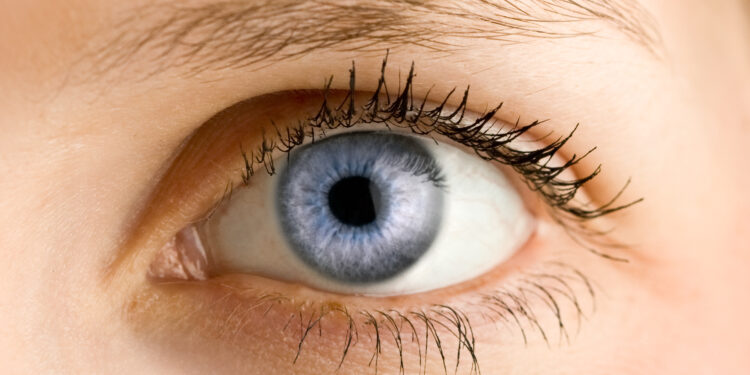Eyesight by improve red light – Naturopathy naturopathy specialist portal
New treatment for failing eyesight in old age
Failing eyesight seems to be a daily three-minute-long contemplation of a deep red light clear linderbar. This could particularly help older people, whose eyes naturally with increasing age reduce.

In a study by the University College London has found that red light can be used for the treatment of decreasing vision. The results were published in the English journal “Journals of Gerontology”.
The study had 24 participants
Advertisement
For the study, 24 people (twelve male, twelve female) who suffered from any eye disease were studied, aged between 28 and 72 years. The eyes of all Participants were tested at the beginning of the study on the sensitivity of your so-called rods and cones.
Why are the old always bad?
With increasing age people are affected, unfortunately, of course, decreasing eyesight, therefore, at the end of treatment would be a affordable, at home, to be carried out for the eyes really desirable. Naturally occurring amblyopia due to the aging of the retina.
LED-flashlight against failing eyesight
Both the sensitivity of the network to the skin, as well as perceived colors are fading with age, especially in an increasingly ageing population is an important issue. This natural decline to reduce or reverse the attempts of the researchers to the ageing of the cells of the retina to irradiate short-wavelength light flashing. For this, they used a Hand-held LED flashlight.
What is the role of photo-receptor cells play in the vision?
In people around the age of 40 years the cells begin to age in the retina of the eye. The pace of this degradation is caused, in part, by the mitochondria of the cell decrease, their job is to produce energy and increase the cell function. The mitochondrial density in the photoreceptor cells of the retina, which have a high demand for energy is highest. As a result, aging of the retina faster than other organs, which leads to a significant decline in the photo receptor function, since the receptor cells lack the energy to fulfill your normal role.
Power from mitochondria by light influenced
Advertisement
The research on the buildings to their previous findings in mice, bumblebees and fruit flies, the experienced skin all the significant improvements in the function of the photoreceptors of the retina, if your eyes were exposed to light with 670 nm wavelength (long-wavelength deep red light). The mitochondria have specific light absorption characteristics, which affect their performance: the Longer wave lengths in the range of 650 to 1000 nm to be absorbed and improve the mitochondrial performance in order to increase the energy production, according to the research group.
How to see people?
The photoreceptors of the retina consist of cones, which mediate vision of colors, and rods, which enable the peripheral vision and Seeing in dim and dark light adjust.
Participants received LED flashlight
All of the participants of the study, a small LED flashlight to Take home were given to test your cones and rods. They were asked to look for two weeks, daily for three minutes in the deep red 670-nm-Lichtquellel. It was then re-tested the sensitivity of your rods and cones.
Younger people are not benefited by the light
The researchers found that the 670-nm light in the case of younger people had no impact, but in the case of persons 40 years and older have actually been made significant improvements. The sensitivity of the colour contrast has been improved in some individuals aged 40 years and up to twenty percent. The improvements were stronger in the blue part of the color spectrum, is around the age-prone, explains the research group.
Improved See in low light
The sensitivity of the sticks (the ability to see in low light) also improved significantly in individuals at the age of about 40 years old and above, if less than the color contrast, report the researchers.
Eyesight of the elderly improved significantly
The results of the study show that the vision can be improved by the elderly significantly, by exposing the affected people in the short the wavelengths of Light, the charge of the energy system, which has decreased in the retinal cells, again.
Technology for treatment is safe and inexpensive
The technology is simple and very safe. You used the deep red light of a specific wavelength, which is absorbed by the mitochondria in the retina that provide energy for cell functions, according to the research team. Through the cost-effective production of the devices, the technology could find wide application. (as)


